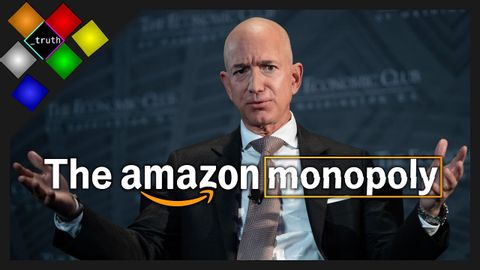
字幕與單字
亞馬遜的壟斷和傑夫-貝佐斯'商業模式的問題。 (The Amazon monopoly and the problem with Jeff Bezos' business model)
00
up1217home 發佈於 2021 年 01 月 14 日收藏
影片單字
average
US /ˈævərɪdʒ, ˈævrɪdʒ/
・
UK /'ævərɪdʒ/
- n. (c./u.)平均
- v.t.算出...的平均數
- adj.平均的;一般的,通常的;中等的
A2 初級多益中級英檢
更多 使用能量
解鎖所有單字
解鎖發音、解釋及篩選功能
